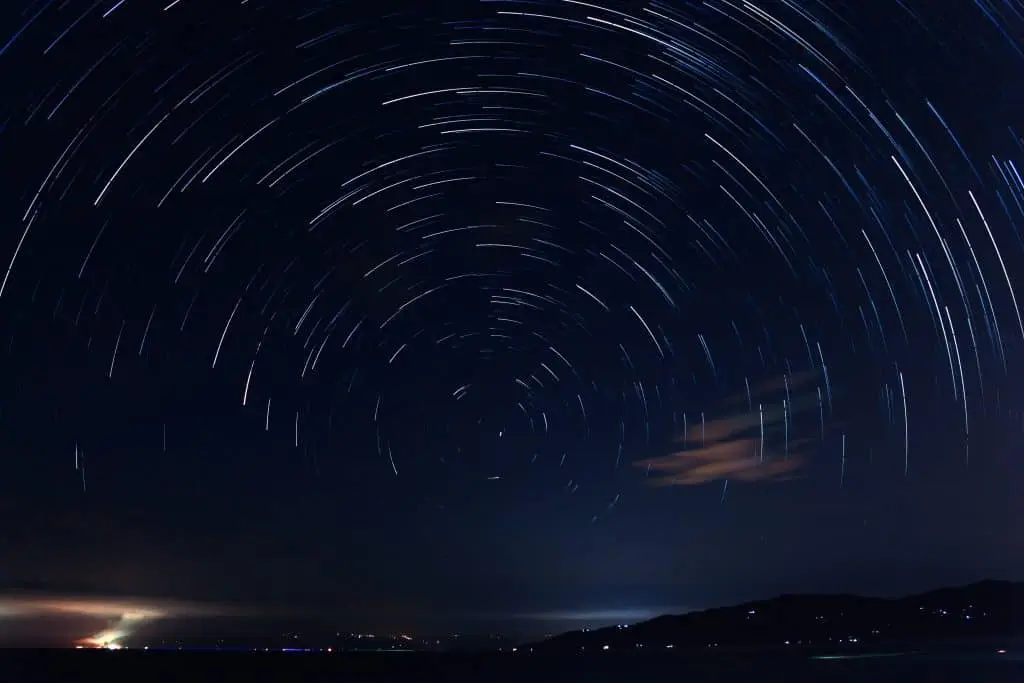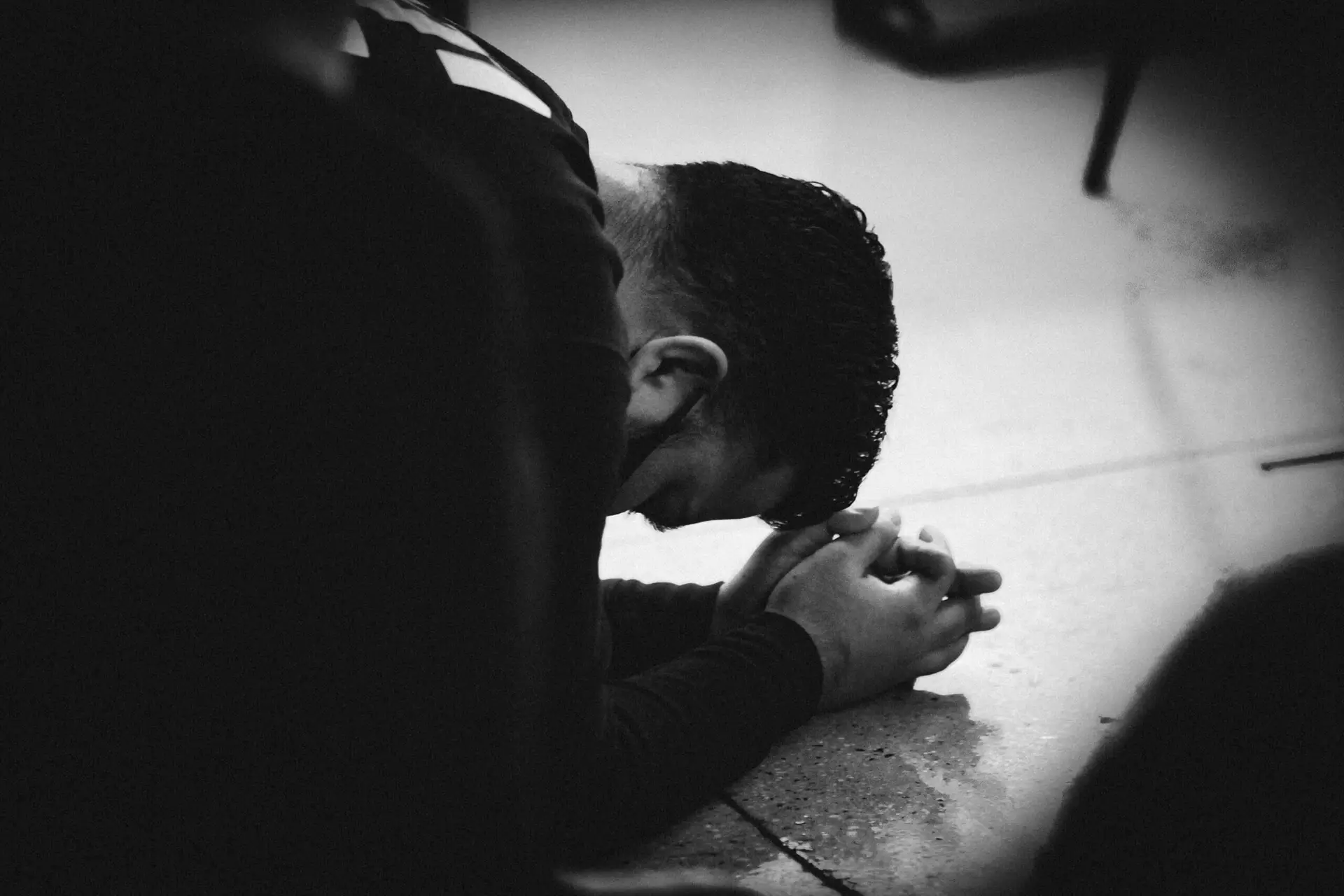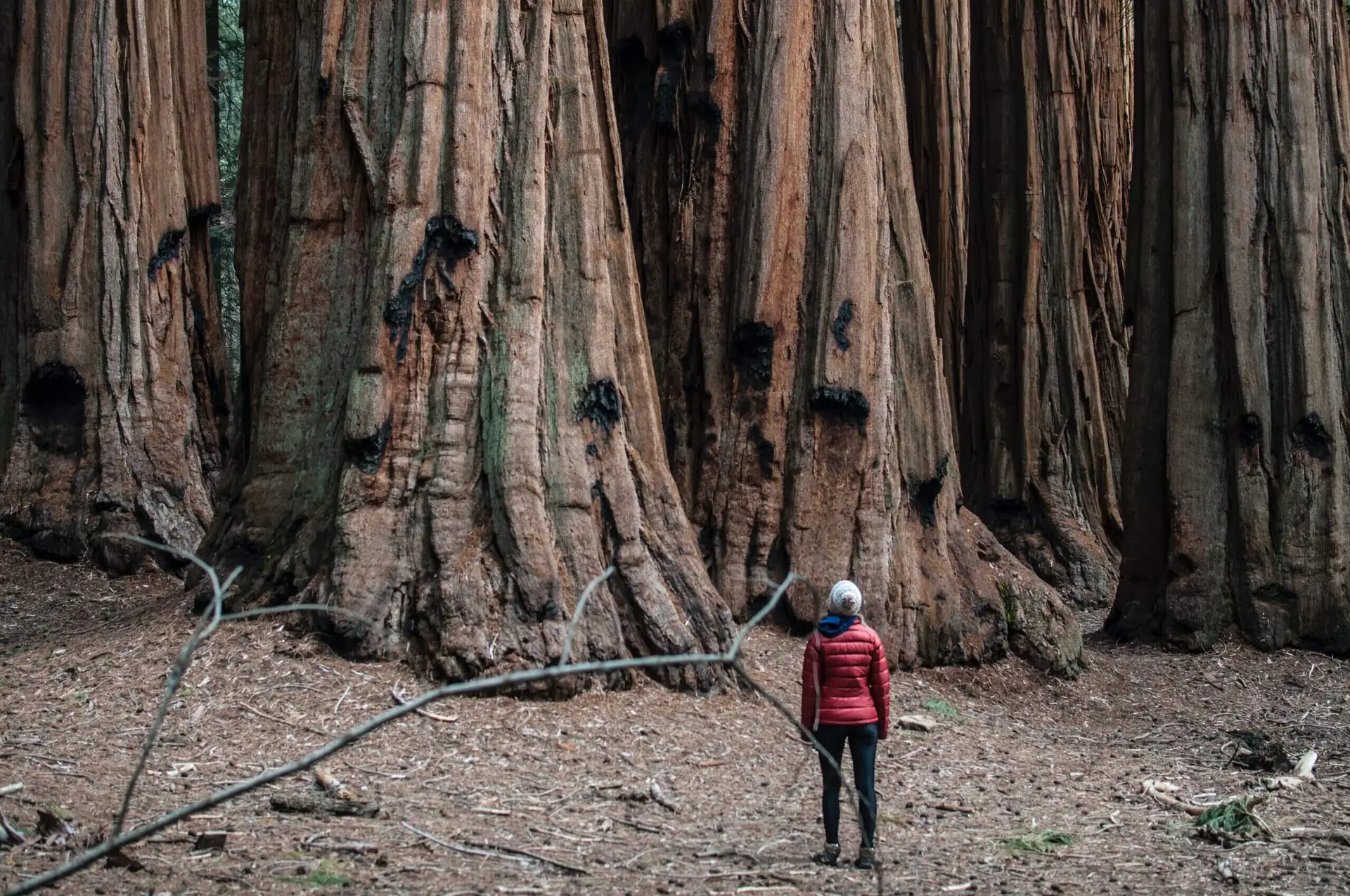For many people, the Christmas season can be a roller coaster of sweet quiet moments and crazy fast-paced stress for events and preparations. The same was true in the early 1800s when the famed song “Silent Night” was first sung. Join me as we discover and celebrate the history of “Silent Night” and learn the peace and power that comes from small, still moments with the Lord even today.
Humble Beginnings…
It is Christmas Eve and the year is 1818. 25-year-old Joseph Mohr, the assistant priest at St. Nicholas Church in Oberndorf, Austria is hard at work preparing for the midnight mass that evening. He has been planning for months and is looking forward to the special music he and the choir have been specifically preparing for that night of worship.
Joseph loved music ever since he was a child and was in charge of all the music for the church. He often wrote poems and song lyrics just for his choir. He was a truly servant-hearted man and seemed to work tirelessly for people giving all he had. Perhaps because he was born an illegitimate child and knew the hardships he faced himself, he had a passion for the children of the poor families in his community and spent much time loving and serving them.
As he performed last-minute checks in the church in preparation for the service, he found to his dismay that the organ would not play! He worked on it for hours trying to find the source of the problem, but to no avail. He even crawled behind the large organ in hopes of finding a fix. Mohr realized he was out of options and stopped and prayed, “Lord, show me a way that I can bring music to our service. It is Christmas- the most meaningful day of worship!” In ways that only God makes happen, Mohr was divinely reminded of a poem he had penned two years before.
Two years prior, while working at another church, Mohr had penned a Christmas poem. It was inspired by a beautiful winter walk from his grandfather’s home to the church. He did not write it to be published or for fame or fortune and only shared it with a few close friends. He did, however, hold on to it, along with his few other possessions when he made the move to his church in Oberndorf.
As the stresses of the broken organ weighed upon him, Mohr pulled out the poem “Silent Night! Holy Night!” from his desk. As he quickly read over it again, it was as if God was speaking and pressing the importance of the words to him. He folded the old worn paper into his coat pocket and headed out the door.
The Music to “Silent Night”
Joseph Mohr braved the snowy roads on Christmas Eve to knock on the door of Franz Gruber. He lived in the apartment above the schoolhouse. Gruber was a talented musician and played the organ for St. Nicholas Church. He was very surprised to meet a flustered Mohr at the door when he knew he should be at the church.
Quickly, Mohr explained that the organ was not working with no time for repair. He pulled out his poem and asked Gruber to compose music to go with it and play with his guitar for that evening’s service. He explained the music must be simple and easy for the choir to learn. Knowing time was of the essence, the men said goodbyes and Gruber got to work.
Gruber sat down, prayed over the poem, and peace flooded his soul as the musical notes and melody came to life. A few hours later, the men met again at the church, and Gruber shared his new music with Mohr. Mohr approved and quickly learned the chords and hastily began teaching the choir. What normally would have taken weeks if not months of preparation was put together in a few short hours. As church members began to enter for Midnight Mass, the men felt ready but the stress of the day was still going in their hearts and bodies.
Silent Night! Holy Night!
The time came for the choir to sing, and “Silent Night! Holy Night!” was performed beautifully! There is something about the sweet calmness to the song that when heard or sung genuinely allows peace to flood your soul. Neither Mohr nor Gruber knew as they listened to the very first performance of “Silent Night” that it would still be sung by choirs over 200 years later around the world in over 140 different languages.
A few weeks after New Year’s, an organ repairman came to work on the church’s organ. During his visit, Mohr shared the story of how “Silent Night” came to be that fateful Christmas Eve. Mohr told him the song was truly an answered prayer. The repairmen loved the song also and jotted down the lyrics and learned the melody. For the next few years, as the repairman traveled to churches, he shared the song among the congregations.
Traveling folk singers were everywhere during the 19th century in Austria and Germany. As they traveled around, they often worked to earn their keep as they sang. In 1832, the Strasser family was singing in a small community where the organ repairman had recently visited. They heard “Silent Night” and decided to add the song to their ensemble. A few weeks later, they performed the song in front of a large crowd at a fair in the town of Leipzig. King William IV of Prussia heard the song and requested that it be sung by Prussia’s Cathedral Choir at his Christmas celebration.
“Silent Night” in America
The song was then picked up by another Austrian folk singing group called the Rainers, and they brought the song to New York. It was sung in English and performed at Trinity Church. By the time of the Civil War, “Silent Night” had become America’s most popular Christmas carol. In fact, many soldiers on both sides called what is known as a “Christmas Truce” where fighting would stop for a day and the soldiers would lay down their weapons, share gifts, and sing “Silent Night”, not as two separate sides but as one group of people united celebrating the birth of Jesus.
All is Calm…
Whether it is the stress of broken instruments, the battle of life and death in war, or whatever struggle you are currently dealing with, “Silent Night” embodies the supernatural peace that only God can give. Take a deep breath, read over the lyrics below, and take a moment to invite the peace of Christ into your own heart this Christmas season.
Silent night, holy night!
All is calm, all is bright.
Round yon Virgin, Mother and Child.
Holy infant so tender and mild,
Sleep in heavenly peace,
Sleep in heavenly peace
Silent night, holy night!
Shepherds quake at the sight.
Glories stream from heaven afar
Heavenly hosts sing Alleluia,
Christ the Savior is born!
Christ the Savior is born
Silent night, holy night!
Son of God love’s pure light.
Radiant beams from Thy holy face
With dawn of redeeming grace,
Jesus Lord, at Thy birth
Jesus Lord, at Thy birth
If you enjoyed this blog, you might also enjoy reading The History of “Joy to the World” and The History of “The Little Drummer Boy”
The Dogwood Journal was recently selected to be on a list of the Top 45 Alabama Blogs on Feedspot. We’re honored to be included and look forward to producing more content for all of you! Go to feedspot.com to see the full list.
If you have a submission that you would like to share, send it our way!






